(Get free painting tips and plein air painting techniques sent straight to your inbox or on my social media.)
Here is a list of the top 5 painting books for students who want to improve their painting. I chose these books based on one or more of the following criteria:
- painting books that cover an important aspect of painting in good level of depth
- the quality of the work by the author of the book
- how useful the painting books are for beginners
The Top 5 Painting Books
The Virtual Art Academy eLibrary, by Barry John Raybould
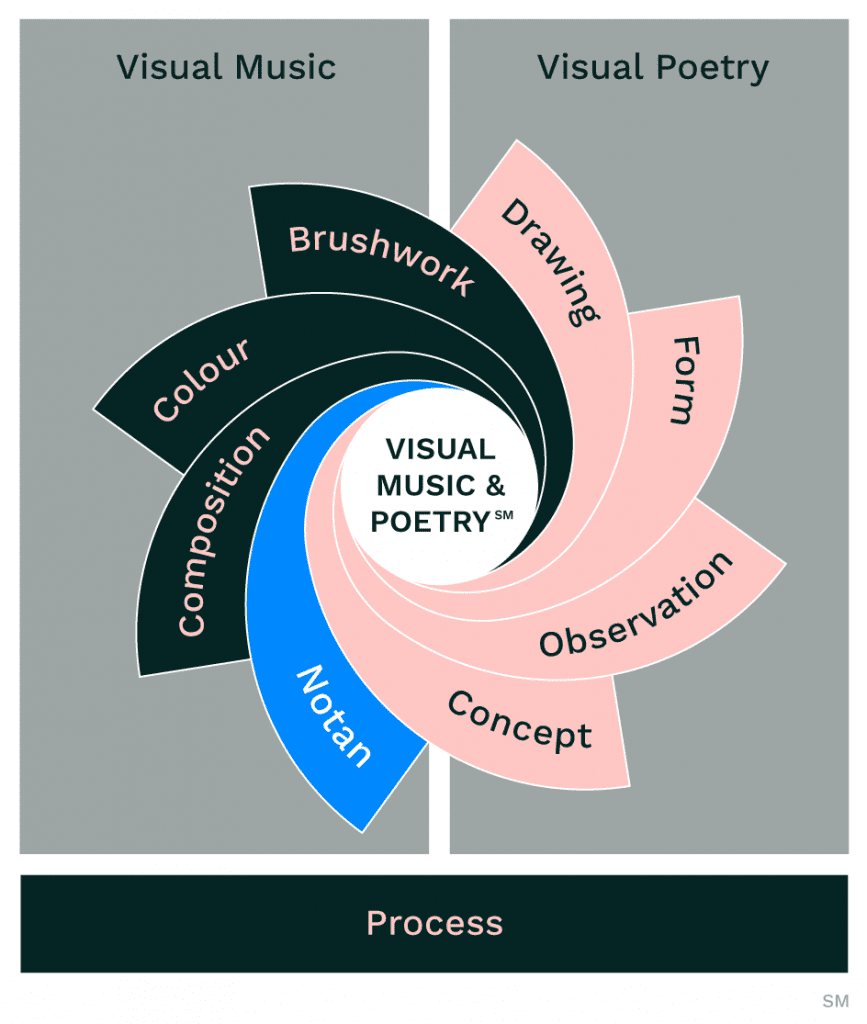
Not just one book, but an integrated library of 48 eBooks on different aspects of painting authored by Barry John Raybould, this is probably the single most comprehensive source of information on painting you will find anywhere. It comes in pdf form so you can easily download it to your tablet or computer to take with you anywhere.
Read more Information on the Virtual Art Academy eLibrary
For a full description read an independent review by Kat Skinner
The library is included free with a Virtual Art Academy membership.
Fill Your Oil Paintings with Light & Color, by Kevin Macpherson
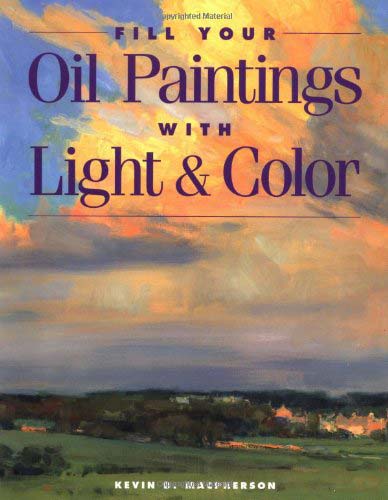
A great introduction to Alla Prima painting by my good friend Kevin Macpherson. It has become one of the painting books that has become a classic for beginner painters who are looking to paint plein air. See how “Fill Your Oil Paintings with Light And Color” relates to the Virtual Art Academy curriculum.
Composing Your Paintings, by Bernard Dunstan
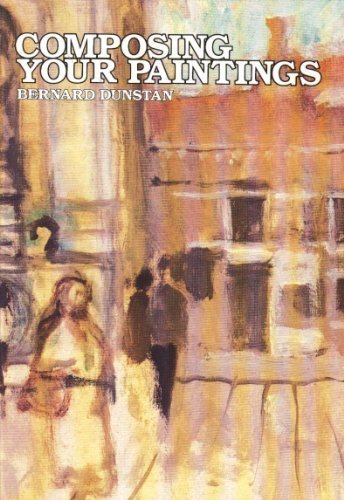
A painting book I discovered about 20 years ago after a visit to the Royal Academy in the UK and put on my reading list at that time. It has since been picked up by many other artists, and remains a classic on composition.
Composing your paintings by Bernard Dunstan (1971-05-03)Carlsons Guide to Landscape Painting
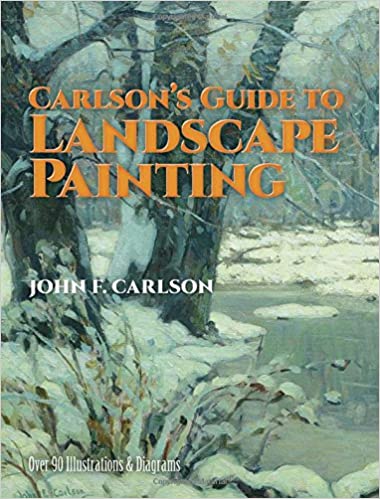
Amongst painting books, this is a classic on landscape painting by John F. Carlson. This book is a little old and does not have very good illustrations, but the text is probably in more depth than you find in modern art books. I prefer the older books as they go into more depth and are not as superficial as books tend to be these days.
Composition of Outdoor Painting, by Edgar Payne
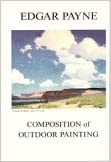
One of the good historic painting books on composition but also in the general philosophy of painting. It is by the great California Impressionist artist, Edgar Payne. One of the best artists on my book list, it is worth reading this to understand what is important to the a top artist. It can be a little difficult to read but is well worth it. It has an interesting section Organizational Structures, in which Payne developed some ideas from a preceding English artist, and which I have subsequently taken even further in my Virtual Art Academy eBook on Composition.
Other Painting Books to Consider
Alla Prima: Everything I Know About Painting
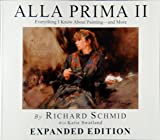
This is not in my top 5 as it is quite expensive and the work, although technically superb, is a little on the illustrative side for my taste. I prefer the color sense of Edgar Payne and the Russian Impressionists. However I have included this book by Richard Schmidt here as it is often recommended by other artists. The section on edges is particularly good, and I made this the topic of a whole eBook in my Virtual Art Academy eLibrary: Brushwork module
Painting Books in the Virtual Art Academy eLibrary
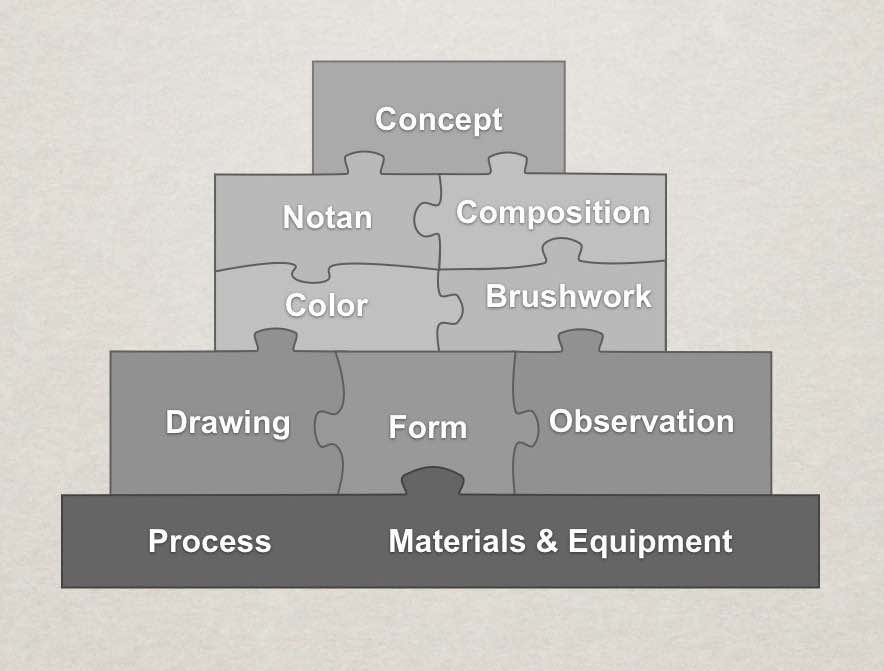
The Virtual Art Academy® eLibrary downloads is a comprehensive library of painting books in eBook form on how to paint. The library is organized around 9 unique skill Building Blocks™.
This library of painting books is designed to be your one-stop library of painting technique books and how to paint books. The result of a fifteen-year research project by professional artist Barry John Raybould, the Virtual Art Academy® eLibrary contains 58 eBooks with over 1500 pages of with information on how to paint in oils, acrylics, and watercolors that you will not find anywhere else.
The library will keep all of the information on how to paint in one place so it is easy to find and reference. The most important feature of this library is that it is presented using the acclaimed Information Mapping® methodology. This is an approach previously unheard of in the art publishing field, but which uses scientific principles of learning to make learning and understanding far easier.
The 48 eBooks on how to paint in the Virtual Art Academy eLibrary are organized by skill building blocks™. The eLibrary is organized in to the following sections:
Color: The Secrets To Beautiful Color Harmony
This is a package of all the six painting books in the Virtual Art Academy® Building Block™: Color.
Color is what creates excitement in a painting. Here we are concerned with the design aspect of color — how to use it effectively in the abstract design of a painting to create the music in your work.
It starts by giving you a review of all the basic knowledge you need to know about color, including its attributes of hue, value, and saturation, the key color wheels including the Munsell system, and the basic color harmony strategies for simple analogous and complementary schemes to more advanced schemes such as the double split complementary scheme and the adulterated primary scheme.
Building on this knowledge you will learn more advanced principles used by the master colorists, such as the principle of mouse colors, color vibration and optical mixing, and value compression using constant saturation scales.
Brushwork: Everything You Wanted To Know About Creating Exciting Brushwork In Your Paintings
This is a package of all the six painting books in the Virtual Art Academy® Building Block™: Brushwork.
The character and feeling of your brushwork goes a long way to increasing the pleasure and delight of the person viewing your work. How you apply the paint also determines how much carrying power and luminosity your painting will have. Whatever your media, brushwork (or mark making in the case of pastel painting), is what makes a painting a painting and not a photograph.
Observation: How To See As An Artist – The Key Skills You Need
This is a package of all the six painting books in the Virtual Art Academy® Building Block™: Observation.
The realism in your painting comes from accurately depicting in paint what you see in front of you. You do not need to learn how to paint trees, skies, rocks, water, and so on. You need to learn to see trees, skies, rocks and water.
Composition: The Complete Guide To Painting Composition And Design
This is a package of all the eight painting books in the Virtual Art Academy® Building Block™: Composition.
Composition is the key to successful painting. Without a strong composition, you can spend an enormous amount of time on crafting an accurate representation of your subject, but you will never end up with a work of art. It is the composition of a painting that makes it interesting to look at and keeps the viewer’s attention.
Notan: Taking The Mystery Out Of Notan – The Foundation Of All Master Paintings
This is a package of all the six painting books in the Virtual Art Academy® Building Block™: Notan.
Why does a certain painting win first place in an art competition? The answer lies a lot in its notan structure. Of all the parts of a painting that enhance its abstract design, the “far music” of a painting, the notan structure is the most important.
A well organized arrangement of dark and light shapes creates an impression of beauty, regardless of either the colors used or of the subject matter. This is called “notan” from the Japanese word that means “dark light harmony”. Just about every successful master painting has a very strong notan structure. Notan is such a powerful factor in the success of your painting that it is one of the first things you should study.
Concept: Why You Need Both Visual Music and Visual Poetry To Make Your Work Stand Out
This is a package of all the six painting books in the Virtual Art Academy® Building Block™ Concept and Expression. In it you will learn about critiquing art: and the Visual Music & Poetry® methodology.
When you learn to become aware of the poetry in a painting you will begin to see paintings in a new light. You will also start to understand why certain master paintings in museums are considered a masterpiece. It is this element of poetry in addition to the music of a painting that distinguishes a master painter. When you master the ideas in the Concept course unit, your paintings will start to communicate much more emotion and feeling, and come to life. They will become much more meaningful.
The discussion of Visual Music & Poetry® is at the highest level of painting and can only be appreciated when you have a feel for each of the nine Building Blocks. However I think if you are an absolute beginner you need to understand these main ideas right away so that you know how to evaluate paintings when you see them in galleries or on the internet. As you progress through the program, this topic will become clearer and clearer.
Process: The Complete Guide To Alla Prima Painting For Oil, Acrylic, And Watercolor Painters
The Process Building Block covers the step-by-step procedures of creating a painting. I have put these course units into a separate Building Block because, whereas all the other Building Blocks are mostly independent of the medium you are using, this Building Block is specific to oils, acrylics, or watercolors. It includes a step-by-step detailed procedure for alla prima painting.
Materials & Equipment
This part of the library covers everything about the materials and the equipment needed for painting. It includes information on oil paints for beginners, and how to choose oil paints.
Drawing & Form: The Secret To Successful Drawing And How To Make Things Look 3D
This is a package of all the nine painting books in the Virtual Art Academy® Building Block™: Drawing and Form.
There are many different drawing techniques – gesture, contour, envelopes, scribble line, mass, and so on. But with all these techniques to choose from, where do you start to learn how to draw? How do you decide which technique to choose? In these drawing course units you will learn all these individual techniques, including the single most important technique I only discovered after drawing for 20 years that made my drawings far more accurate.
You will also learn all the key principles of light and shade as used by the classical masters such as Rembrandt.
Thank You
Thank you for taking the time to read this article. I hope you find it useful. If you would like to get free painting tips by email, please sign up for my free tips newsletter.
If you are interested in a structured approach for learning how to paint, take a look at my online painting classes.
Happy painting!
Barry John Raybould
Virtual Art Academy
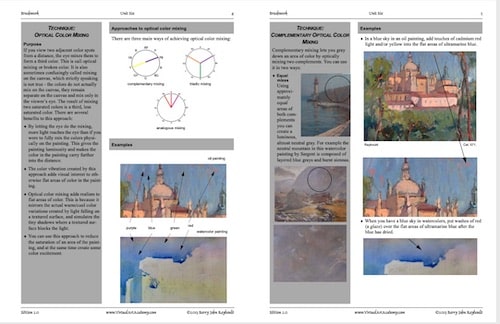
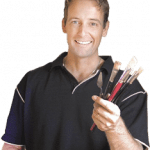
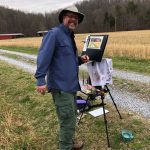


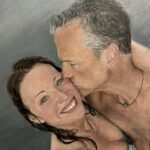




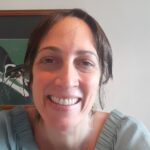


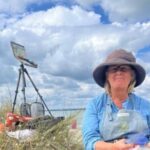



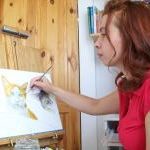

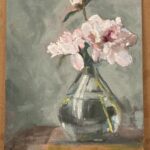


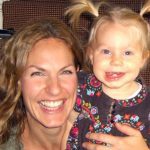
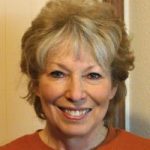


These are very good books
I am new to painting, how can I get these
Hello Anita, you can get hold of the books via the button above (at the bottom of the article). Or you can join the Virtual Art Academy program and you will be able to view the material from the books in the Apprentice Program lessons. To join, click Pricing in the website top menu.
I love these e books.. They are very informative.
Thank you Emily.